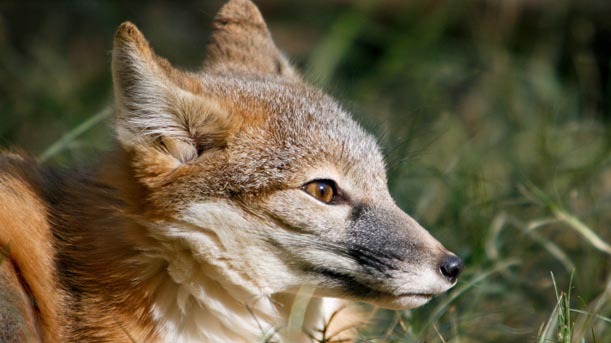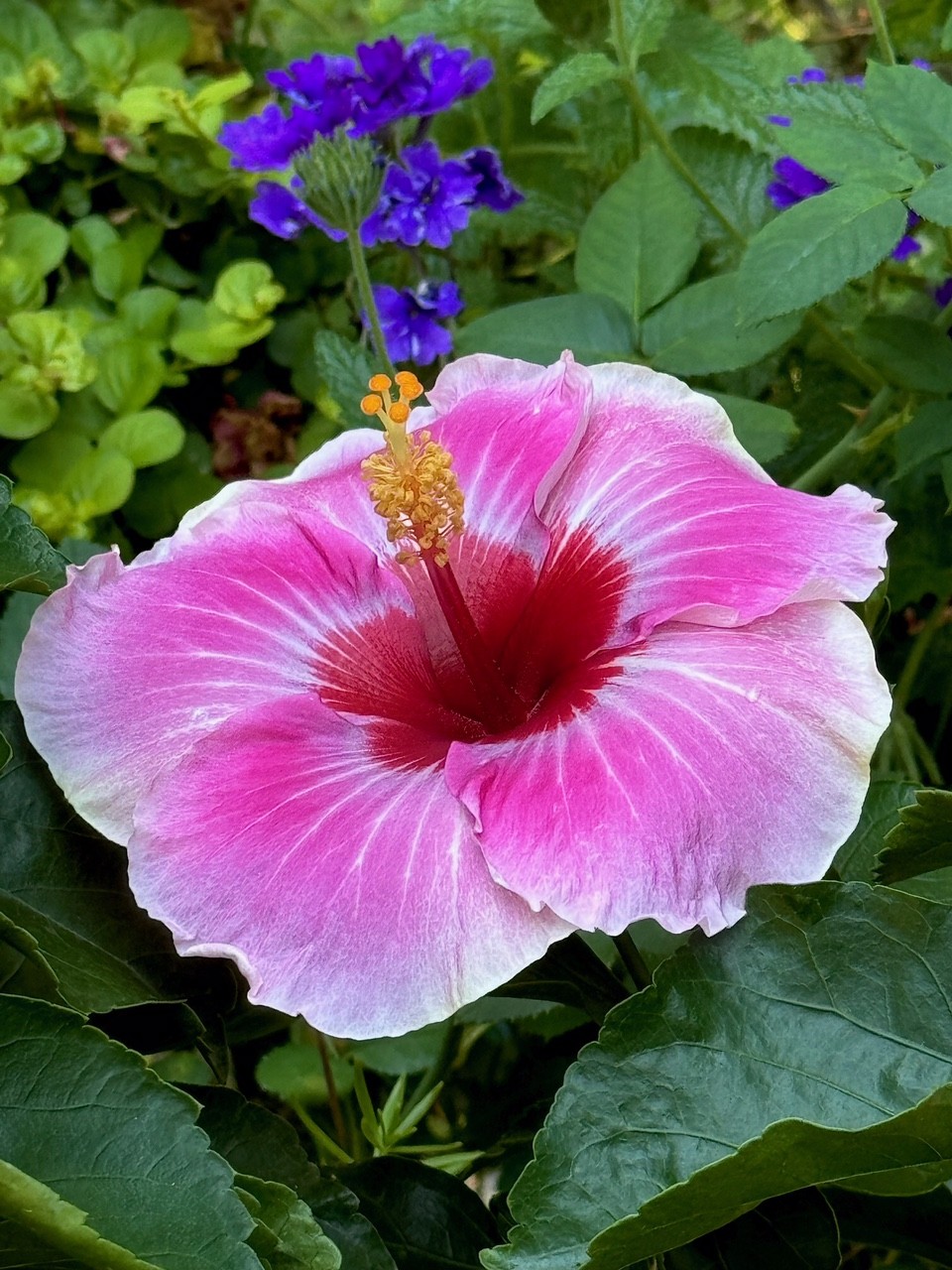Outdoor
Assignment Texas: Russell A. Graves- The Swift Fox

By contributing writer Russell A. Graves
North of Dalhart there isn’t much to stop the wind. A vast prairie cleaves horizontally into an even bigger sky. If you get past the row crops and out to the big ranch country, you’ll find a wild land that has remained virtually unchanged. Short grasses carpet the prairie and yuccas point their green barbed leaves towards the heavens, waiting for rain to fall. While rains do fall intermittently, the band of Texas landscape that runs along the state’s long western edge gets barely over a foot of rain annually.
The semi-arid country sits below the foothills of the Rocky Mountain range to the west. Eons of sediment washed down from mountains to create the Great Plains and it’s the same mountains that influence the region’s weather. As clouds gather over the mountains, moisture is wrung from them. The result is a north to south running dry slot that encompasses about a quarter of the Texas landscape.
This patch of semi-arid ground is suited for many plant and animal species that are unique to this part of Texas. It’s a place where the density of people per square mile is scant and trees are perhaps as rare.
Prairie dogs, while not as plentiful as historical records indicate, are still numerous. Their incessant burrowing creates a habitat that supports numerous other high plains species like pronghorn antelope and a variety of reptiles and invertebrates. The prairie dogs themselves are a meal for animals higher up on the food chain.
As the sun rose across the immense prairie, my pal Chad and I were creeping through the shortgrass along a ranch road in his Ford F-250. Chad is an outfitter and a couple of months prior to the opening day of the pronghorn season, we were scouting for big males that his clients would invariably hunt. From our vantage point, emptiness was all around. East to west there was prairie, an old barbed wire fence immediately outside the passenger side door, the rutted ranch road on which we parked, a prairie dog town and more undulating prairie as far as we could see. Across the prairie dog colony – perhaps 400 yards away – we watch a small band of half dozen pronghorn antelopes skirt the town’s margins.
As we glassed the antelope, my binoculars began to wander as I watched prairie dogs skitter about the town. Running from burrow to burrow they weren’t as concerned with the pronghorns as we were. It was business as usually in dog town except for one thing: about one hundred yards from the truck I saw what I thought were baby coyotes.
“Look,” I told Chad. “Look at those coyotes!”
From a personal standpoint, I thought the find was significant as I’d never seen as many baby coyotes in one spot. When I put the binoculars to my eyes, I knew my snap identification was wrong. “Those are foxes,” I told Chad. “Swift foxes.” To read more pick up the September 2014 issue of North Texas Farm & Ranch.
HOME
Parting Shot

By: Jelly Cocanougher
Delicate microbes buried just beneath the surface. We walk by them, unbeknownst to us. Spores, spawn, and sclerotia, each with distinct characteristics. It is said that these fungi are all connected, speaking to one another as they populate the earth. The interconnectedness of all living things and the decaying world, such beauty lies within these otherworldly alien organisms.

HOME
Varietal Honey

By: Landon Moore
Landon Moore is the Wise County 4-H President and a member of the Wise County 4-H County Council. He is involved in beekeeping, as well as raising rabbits and poultry.
This essay was one that he wrote, and it was named the champion for both the Texas and National chapters of the Foundation For The Preservation of Honey Bees.
Varietal honey is honey that comes from a single source.
This honey has a flavor derived from the source flower and can even have a similar scent. In general, lighter colored honeys have a more subtle taste and dark honeys are more intense. Varietal honey has been compared to wine, in that honeys produced in different years can be distinguished, even if they come from the same flower and location.
This phenomenon is called terroir and is responsible for the individual taste of each honey harvest.
To read more, pick up a copy of the October edition of North Texas Farm & Ranch magazine, available digitally and in print. To subscribe by mail, call 940-872-5922.

HOME
The Garden Guy: America’s Sweetheart

By: Norman Winter | Horticulturist, Author, Speaker
Early in the summer, I was sent a press release that caused one of those holy wow moments. The headline said it all, “Proven Winners ColorChoice Expands Catalog with the Addition of Hollywood Hibiscus.”
I had already become familiar with the Hollywood Hibiscus series and was thrilled that the Proven Winners was adding this to their lineup.
This flower is nothing short of beautiful and exhibits prolific flower production. The flowers show three distinct colors, deep red in the very center, then the majority which is a rich rose pink with lighter pink to white along the margins.
To read more, pick up a copy of the October edition of North Texas Farm & Ranch magazine, available digitally and in print. To subscribe by mail, call 940-872-5922.

-

 Country Lifestyles2 years ago
Country Lifestyles2 years agoScott & Stacey Schumacher: A Growth Mindset
-

 Country Lifestyles8 years ago
Country Lifestyles8 years agoStyle Your Profile – What your style cowboy hat says about you and new trends in 2017
-

 HOME8 years ago
HOME8 years agoGrazing North Texas – Wilman Lovegrass
-

 Outdoor10 years ago
Outdoor10 years agoButtercup or Primrose?
-

 Country Lifestyles5 years ago
Country Lifestyles5 years agoAmber Crawford, Breakaway Roper
-

 Country Lifestyles9 years ago
Country Lifestyles9 years agoJune 2016 Profile – The man behind the mic: Bob Tallman
-

 Equine1 year ago
Equine1 year agoThe Will to Win
-

 Country Lifestyles8 years ago
Country Lifestyles8 years agoDecember 2016 Profile, Rusty Riddle – The Riddle Way




